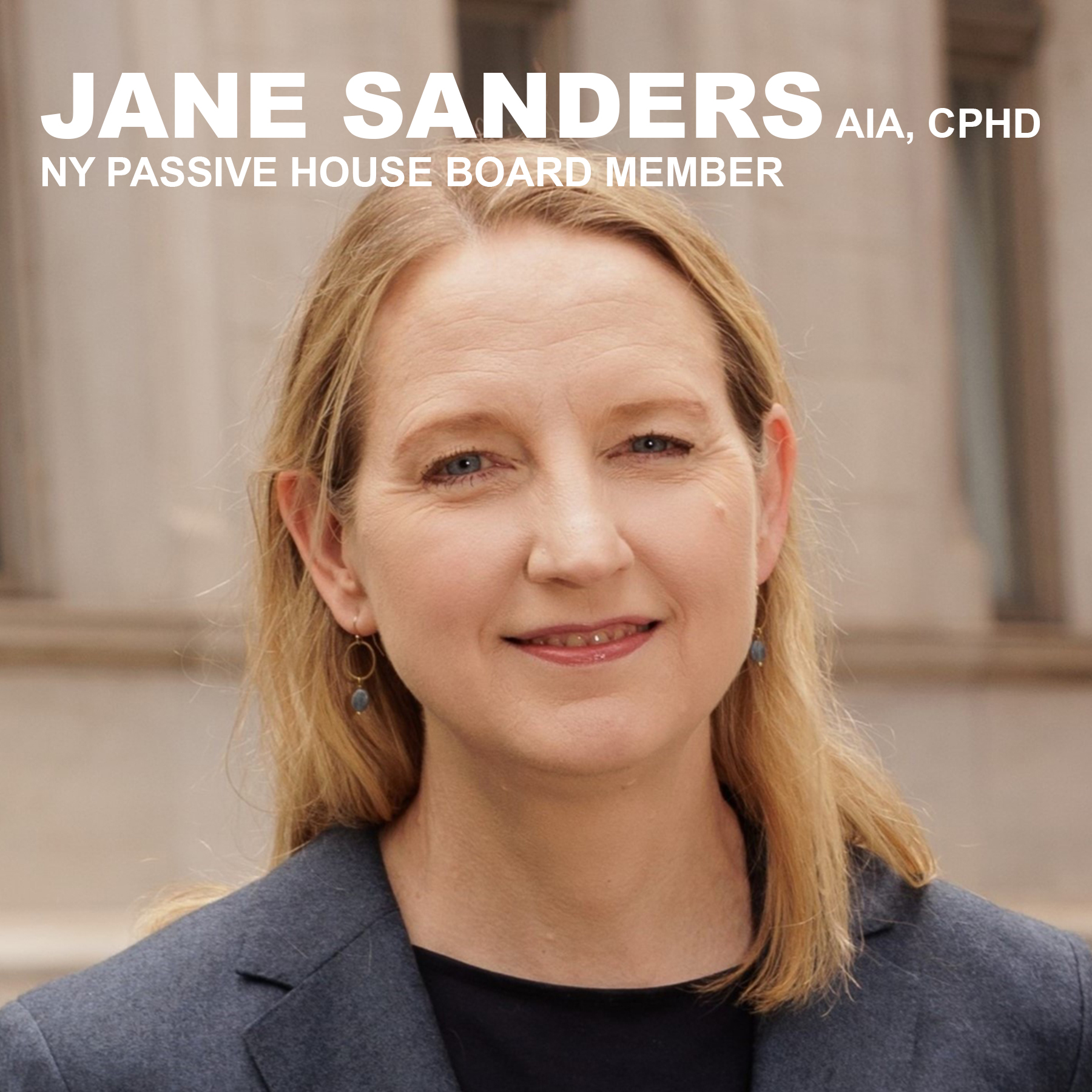The Wall (Didn’t) Come Tumbling Down
A new product solves an old problem.
Jody Shen (Additional reporting by Jennifer Wu)
The sky wasn’t falling but the wall was a definite possibility. That was the dilemma facing 241 Eldridge Street, a 12-unit condominium on Manhattan’s Lower East Side, about two-and-a-half years ago. But thanks to a bit of detective work and the discovery of a product relatively new to the U.S., the board found an affordable answer.
It was during routine parapet repair work that the problem was uncovered: the contractor discovered that the internal mortar between the exterior wall’s bricks had turned to sand. Such a finding had not been anticipated in the repair plan because the inspection report the board had commissioned was for the cornice, bulkhead, and fire escapes.
The solution seemed dire: spending about $1.8 million to replace the exterior walls, section by section. Even if raising the money were possible (and it would be a strain for the 12 apartment owners however it was done), the financial hardship of large assessments seemed daunting. However, the flip side would have been equally grim: do nothing and risk the walls coming down on their own. That didn’t seem like a great alternative, either.
“To have not done anything would have left us with questions, doubt, and possible peril,” explains Robin Schanzenbach, the president of the condo’s five-person board. David Bergman, a board member and professional architect, recalls that his thoughts started to turn to what could shake his building enough to bring it crashing down. Subway vibrations? Nearby construction? An unlikely – but not impossible – Manhattan earthquake?
Seeing that completely replacing the building’s walls would be more or less impossible financially, Scott Henson, the building’s architect, started looking for a solution. Possibilities included products used to stabilize dirt at construction sites and a variety of restoration products. He tested HTC, a chemical used to preserve marble statues that had been invented by Norman Weiss, a professor of historic preservation at Columbia University. That solution failed because it needed to interact with oxygen, which couldn’t find its way into the thick walls.
Then Henson stumbled upon a product called Jahn M30 Micro-Injection Grout, manufactured by Jahn International of Germany and distributed by Cathedral Stone Products. It had been utilized on large projects in Europe but, according to Dennis Rude, the president of the Hanover, Maryland-based distributor, it had only been used in the U.S. for small jobs, such as the repair of cracking walls. The National Park Service is using it to fix a cornice on the historic Ryan Center at Floyd Bennett Field in Brooklyn.
Often, Rude notes, to solidify walls in situations like the one at 241 Eldridge Street, contractors will repoint. According to Henson, repointing was not enough for this project because that would only address the surface, about three-quarters-of-an-inch deep. (The Jahn M30 was ultimately used in conjunction with repointing.)
The manufacturer supplied a small amount of Jahn M30 for a test. After that was successful, the condo spent about $10,000 for a larger test, which involved injecting the Jahn M30 into specific areas and opening the walls to see if it worked. That seemed to do the trick, reconsolidating the loose, sandy mortar, and filling the gaps.
With the solution in hand, it still wasn’t easy. There was a question of money. Recalls board president Schanzenbach: “There are multiple factors in the finances related to the project. It is fair to say that, with the multiple engineering studies, testing, and architect’s fees, the mortar reconsolidation aspect of the project reached close to $140,000. That amount is lower than it might have been, however, because we had already started on a larger capital project to replace the roof, cornice, and parapets, and do pointing, so some of the major costs – such as scaffolding or the process of preparing extensive bid proposals for contractors – did not have to be incurred. Our active board involvement and the cooperation with the architect and contractor, who were already on the job, also helped keep the costs down.”
Funds were used from the building reserve fund to help pay for the work, but more money was needed. According to the president, the unit-owners approved an additional assessment of $100,000. Each owner’s portion of the assessment was based on his or her percentage of ownership in the building. To pay for the assessment, some owners refinanced, while the surging apartment prices in New York enabled others to take out home equity loans. And, thanks to a multi-year financing plan, still others were able to pay in installments.
After a short newspaper article on the repairs appeared in the spring, everyone involved, from Weiss – who called it a possible solution for “hundreds, maybe thousands of buildings” – to the distributor, began hearing from people in similar situations seeking help. Seven engineers from the New York City Housing Authority wanted to inspect the project to determine if the product and process would be effective in repairing aging public housing. They visited the job site and queried Henson and a representative from Cathedral Stone. They seemed impressed, Henson recalls, and said they planned to perform a test on some of their buildings.
As for the condo’s board: after repairs on the sidewalk in front are finished, they will have spent $500,000 to finish a building revamp that began with a “cornice subcommittee” years ago and, with the wall repair, may have saved the building. There is still the dream of one day creating a roof deck, but for now, Bergman is happy that the “sky” isn’t in danger of falling anymore. Says he, with a sigh: “We can breathe for a while.”




